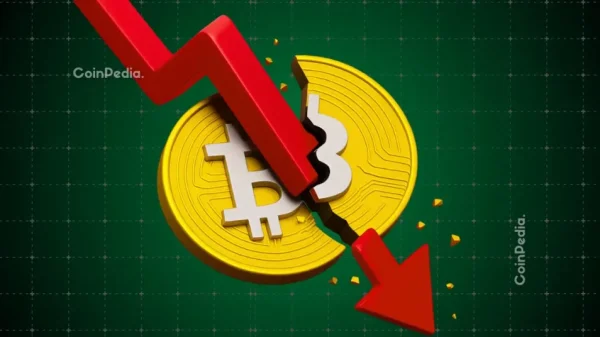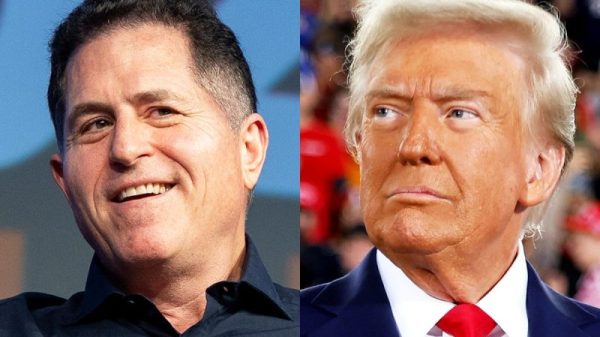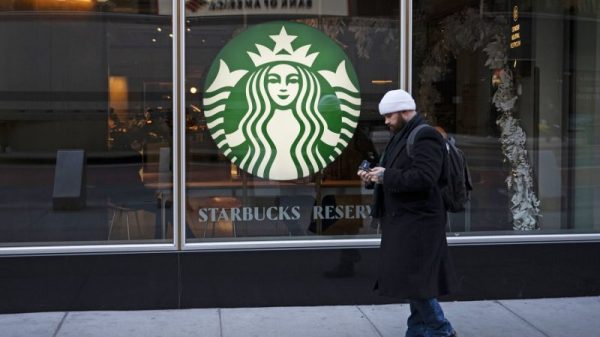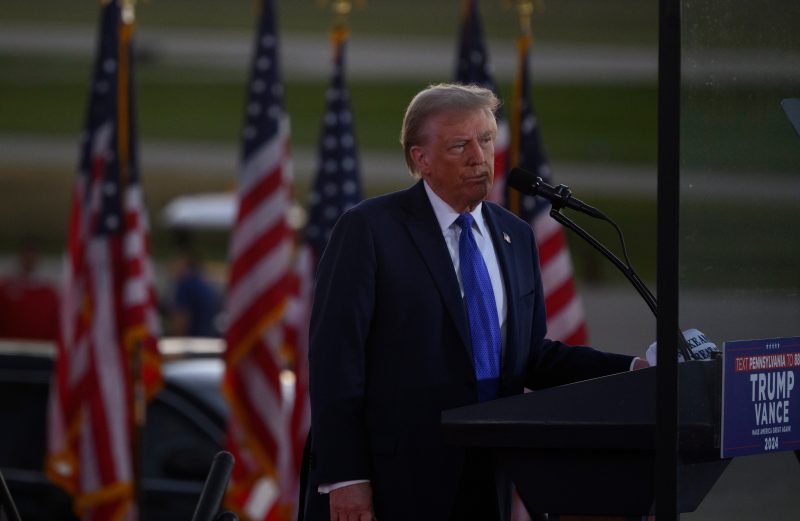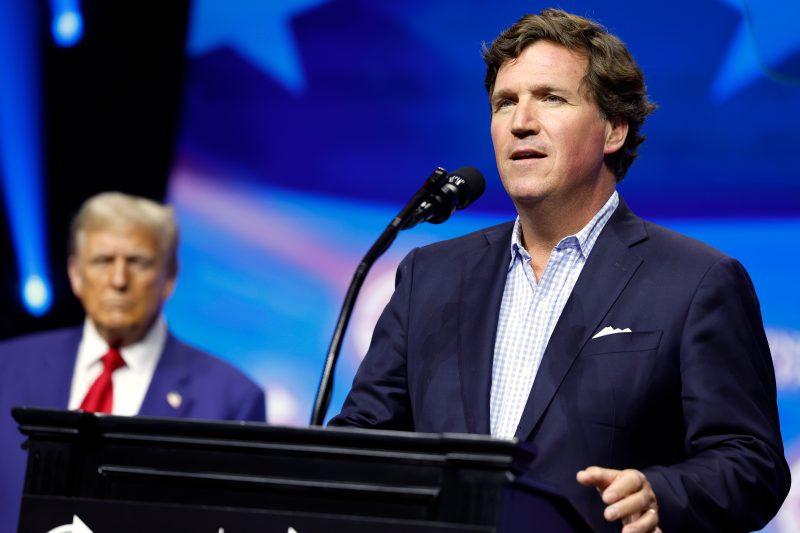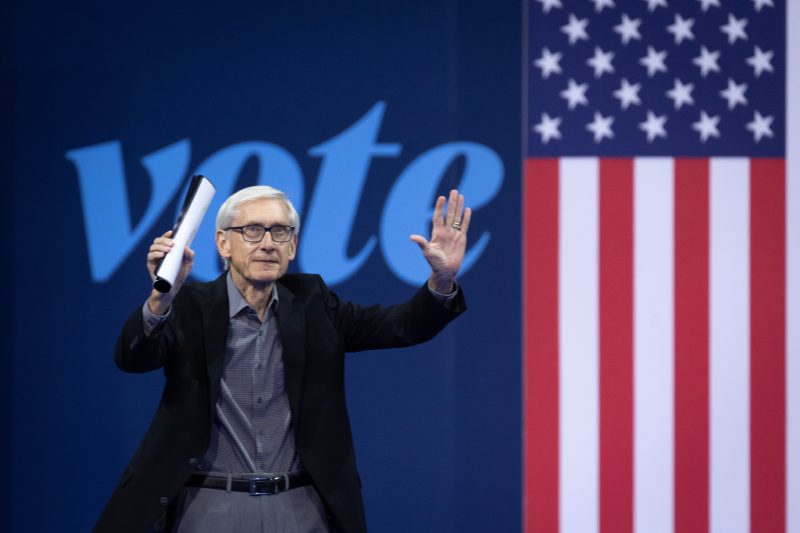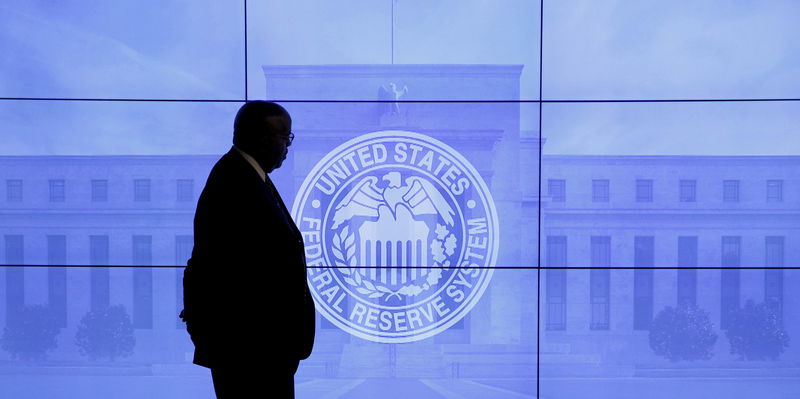
Investing.com — As the Federal Reserve’s September meeting approaches, analysts and markets remain divided over the size of the anticipated rate cut, with some favoring a 25-basis-point (bp) reduction and others suggesting the potential for a larger 50-bp cut.
BCA Research argues that while a 50-bp cut could still be in play, it would likely have been telegraphed by Fed officials ahead of the blackout period. New York Fed President John Williams and Governor Christopher
Waller did not indicate a jumbo cut, leaving BCA to expect a 25-bp cut. Despite this, futures markets have increased the probability of a 50-bp reduction to 48%, driven by a Wall Street Journal article and comments from former New York Fed President William Dudley hinting at a “strong case� for a larger move.
HSBC echoes the sentiment for a 25-bp cut in September, followed by an additional 50 bps of cuts through 2024.
HSBC remains bullish on U.S. Treasuries and maintains a strong outlook for the U.S. dollar, despite anticipating some market volatility around the Fed’s policy path.
Bank of America highlights the “unusual uncertainty” around the Fed’s next move. The market is pricing in a 36% chance of a 50-bp cut, but BofA leans towards a 25-bp reduction, noting that the Fed did not signal a larger move before the blackout.
BofA also expects Fed Chair Jerome Powell to address labor market risks in his press conference and potentially indicate a willingness to speed up rate cuts if necessary .
Barclays expects a 25-bp cut but sees potential for larger cuts if labor market conditions worsen. They project a total of 75 bps in cuts for 2024.
Barclays stated: “We expect a dovish FOMC statement that notes further progress on inflation, that the upside risks to inflation have diminished and the downside risks to employment have increased, and that the committee is attentive to the risks of unwelcome weakening of labor market conditions. We expect the statement to indicate that future adjustments will depend on the data, the outlook and the balance of risks.”
Finally, JPMorgan stands out with a call for a 50-bp cut, arguing that front-loading the cuts would better position the Fed to address future economic risks.
However, they acknowledge that internal FOMC dynamics may push the Fed to take a more conservative 25-bp approach.
“What the FOMC will do is less clear, but we’re sticking with our call that they will do the “rightâ€� thing and cut 50bp,” wrote JPMorgan. “We expect the median dot for this year will be 100bp lower than the current rate setting of 5-3/8%, guiding to two more 25bp cuts at the last two meetings of the year.”

